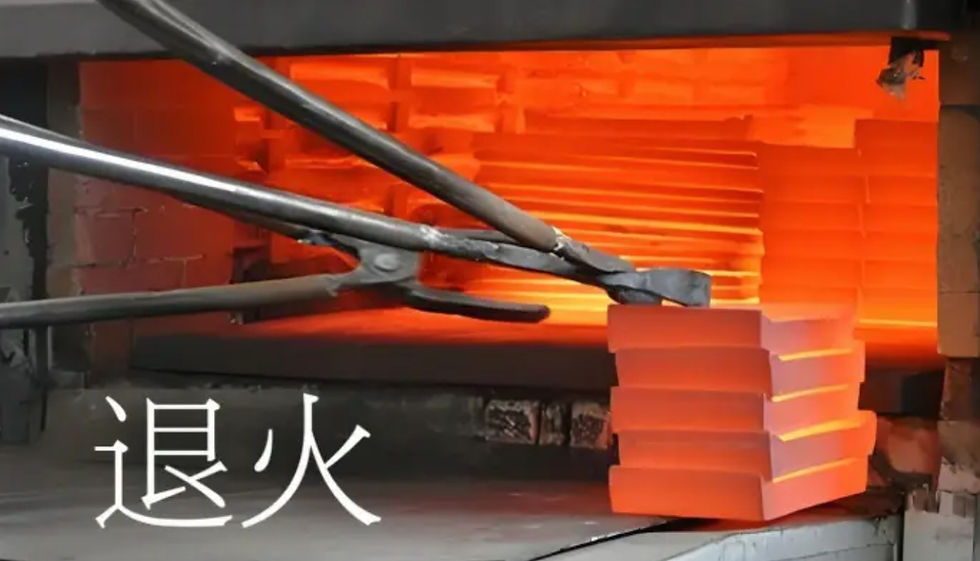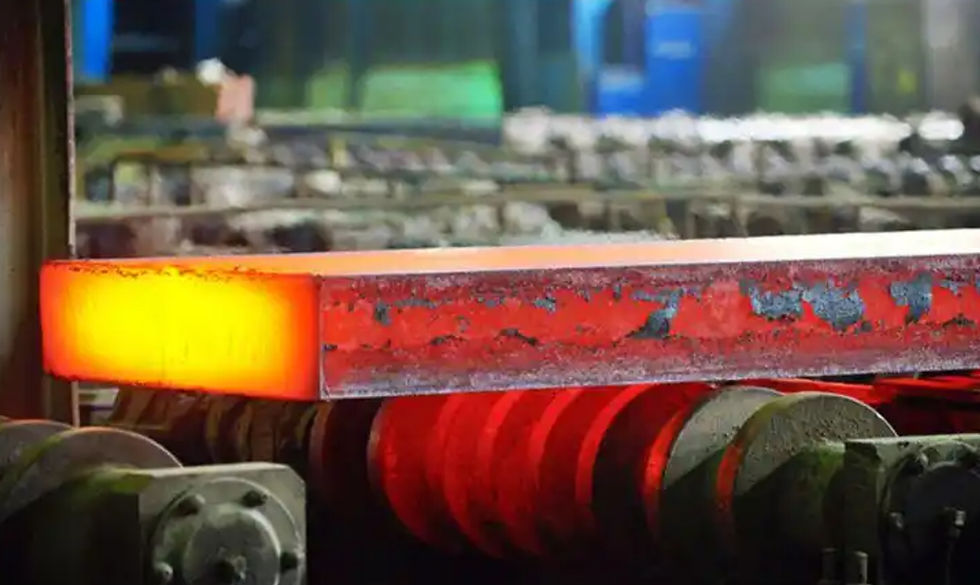Analysis of Quenching, Tempering, Normalizing, and Annealing
- Sinomac Industrial
- Jun 14
- 3 min read
In the realm of metal forming and processing, heat treatment stands as an indispensable and critical procedure. Among its various techniques, four foundational processes—quenching, tempering, normalizing, and annealing—act like master craftsmen, skillfully unlocking the full potential of metal properties. These treatments empower metals to meet the demands of rigorous and complex industrial applications such as crane steel wheel, hook, and drum treatment. Let us now delve into a detailed examination of these four key processes.

1. Annealing: The "Gentle Soothing" of Metal
Annealing involves heating metal to a specific temperature, maintaining that temperature for a set period, and then cooling it slowly. This process serves as a form of “deep meditation” for the metal, allowing it to recover from internal stress and fatigue. During the heating phase, atoms within the metal gain energy to move, enabling defect repair in the crystal lattice and gradual dissipation of internal stresses. The slow cooling phase allows atoms sufficient time to rearrange in an orderly fashion, enhancing the metal’s structural uniformity and stability.
For example, cold-rolled steel often accumulates considerable residual stress. Through thorough annealing, its toughness can be significantly improved and hardness reduced, facilitating subsequent precision machining and preventing deformation or cracking during manufacturing.

2. Normalizing: The "Fine-Tuning" of Mechanical Properties
Normalizing is similar to annealing in that it involves heating the metal above its critical temperature. However, the key difference lies in the cooling rate—normalizing employs faster cooling, typically in air. This moderate cooling rate allows the metal to achieve higher strength and hardness compared to annealing, while retaining good toughness.
For medium-carbon or low-alloy steel components, normalizing helps refine grain structure and enhance machinability. Take gear manufacturing as an example: gear blanks subjected to normalizing exhibit smoother cutting surfaces, reduced tool wear, and lower deformation during subsequent quenching—ensuring dimensional accuracy and durability, which are vital in precision mechanical components.

3. Quenching: A "Rapid Leap" in Hardness
Quenching represents the most intense stage of heat treatment, akin to an extreme challenge. It involves heating the metal above its critical temperature, then rapidly cooling it in a quenching medium such as water or oil. This abrupt cooling prevents the formation of equilibrium microstructures (like pearlite), instead producing martensite—a hard, brittle phase with very high hardness.
In tool manufacturing, for example, quenching drastically increases the hardness of cutting edges, making them razor-sharp and capable of slicing through various materials with ease. However, this hardness comes at a cost: significant internal stress, which renders the workpiece brittle, like a tightly strung wire that may snap under impact. As such, quenching is typically followed by tempering to strike a balance between hardness and toughness.

4. Tempering: The "Gentle Art" of Enhancing Toughness
Tempering serves as the perfect companion to quenching in the heat treatment cycle. It involves reheating the quenched workpiece to a temperature below its critical point, maintaining that temperature for a designated time, and then cooling it down. This process is akin to giving a quenched, “temperamental” metal a soothing massage—restoring ductility and relieving stress.
Low-temperature tempering (approximately 150–250°C): Ideal for cutting tools and precision gauges, this method relieves part of the internal stress from quenching while maintaining high hardness. It ensures sharpness and wear resistance without the risk of brittleness, supporting precise cutting and measuring tasks.
Medium-temperature tempering (approximately 350–500°C): Enhances elastic limit and yield strength. Springs and other elastic components benefit significantly, offering excellent resilience under load. It’s widely applied in automotive suspension systems and precision machinery.
High-temperature tempering (approximately 500–650°C): Achieves an optimal balance between strength and toughness, making it essential for critical mechanical components such as shafts and connecting rods. This process contributes greatly to the durability and reliability of large industrial equipment.

Conclusion
Each of the "Four Flames" of heat treatment—annealing, normalizing, quenching, and tempering—plays a distinct yet interconnected role. From relieving internal stress and modifying microstructures to enhancing hardness and restoring toughness, these processes collectively fine-tune metal performance with surgical precision. Together, they form the backbone of metallurgical engineering, enabling metals to meet the highest standards of industrial excellence.













Comments